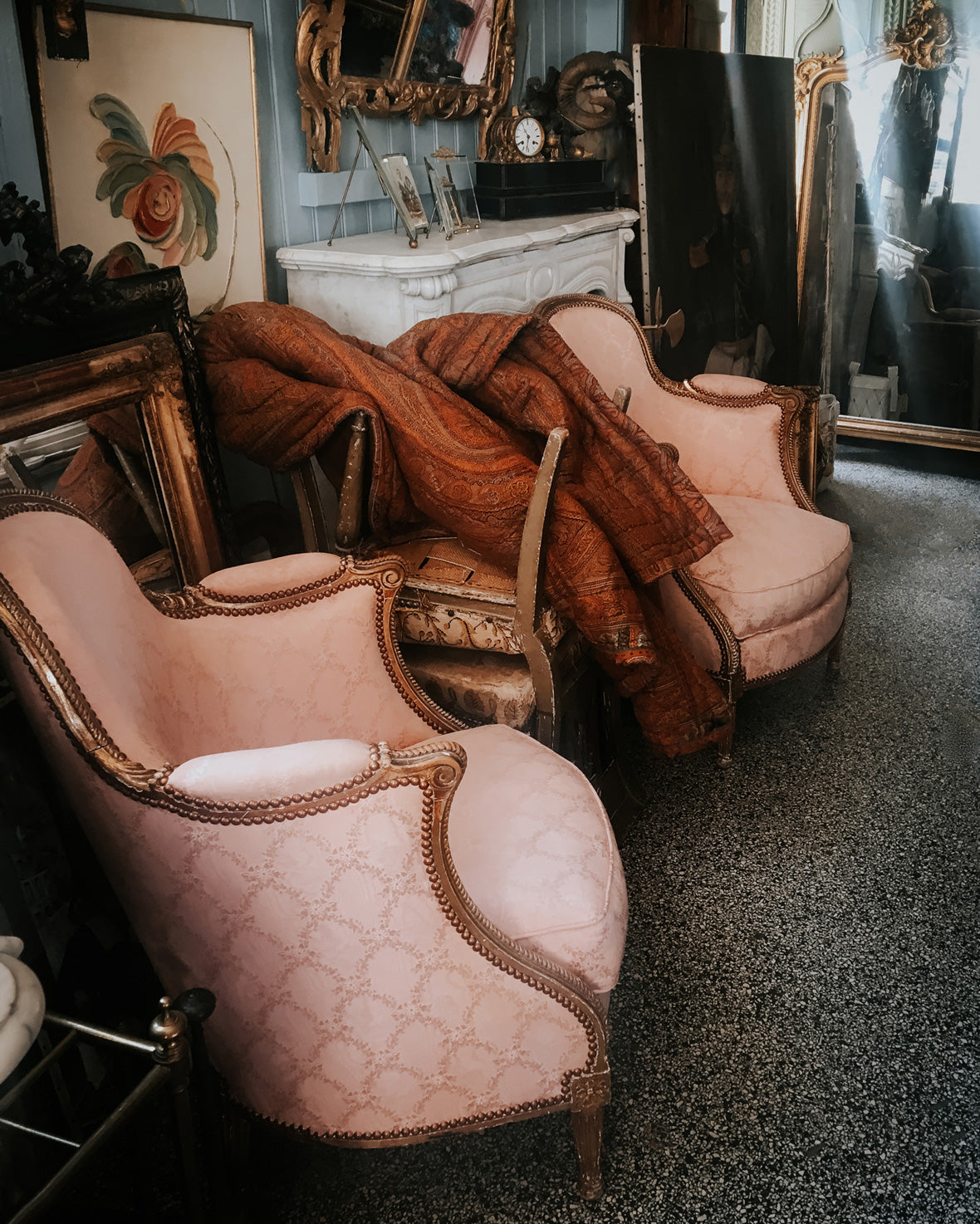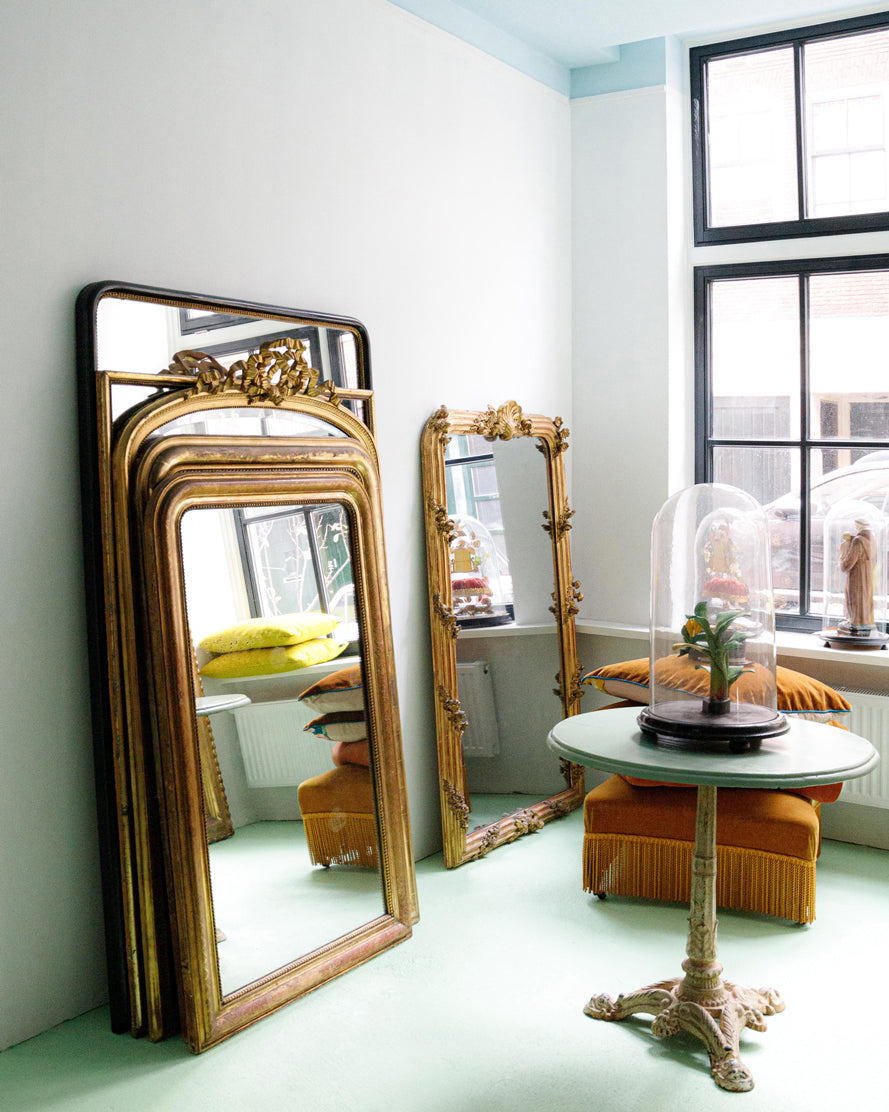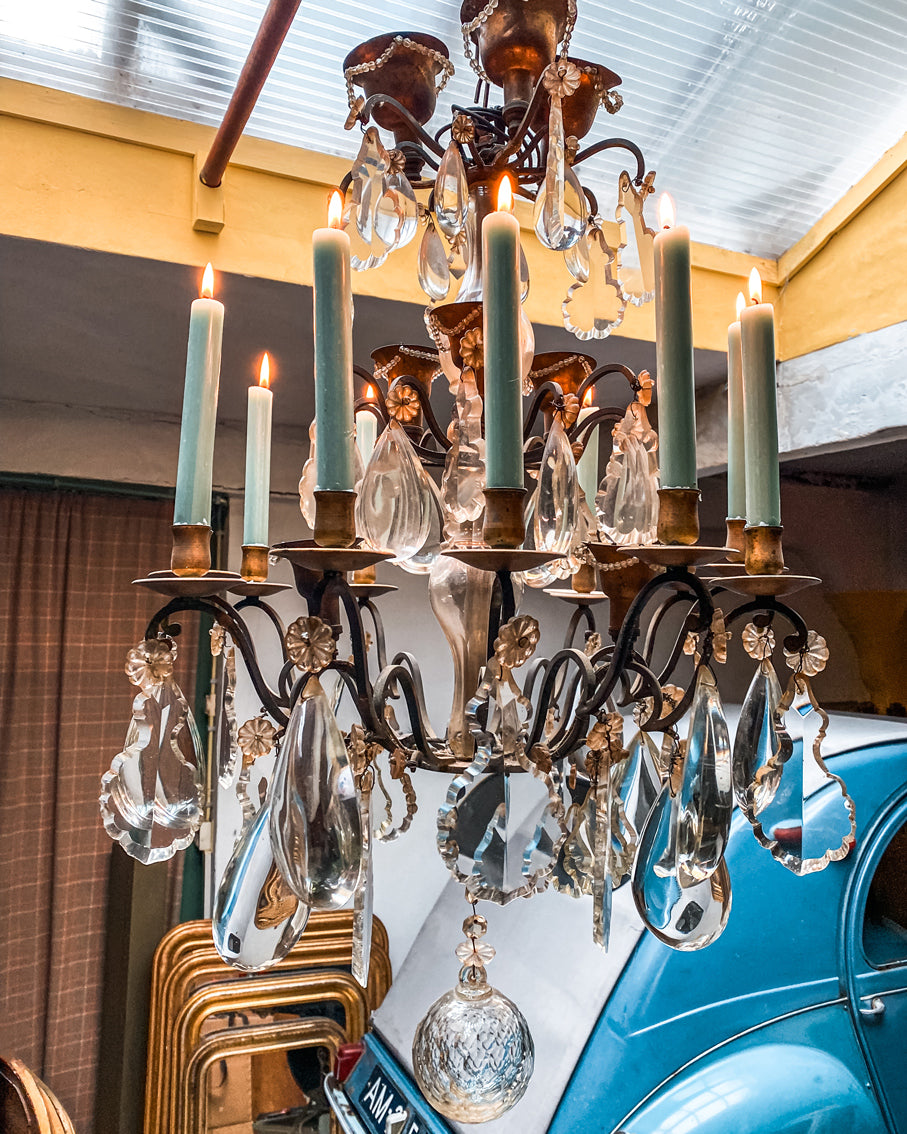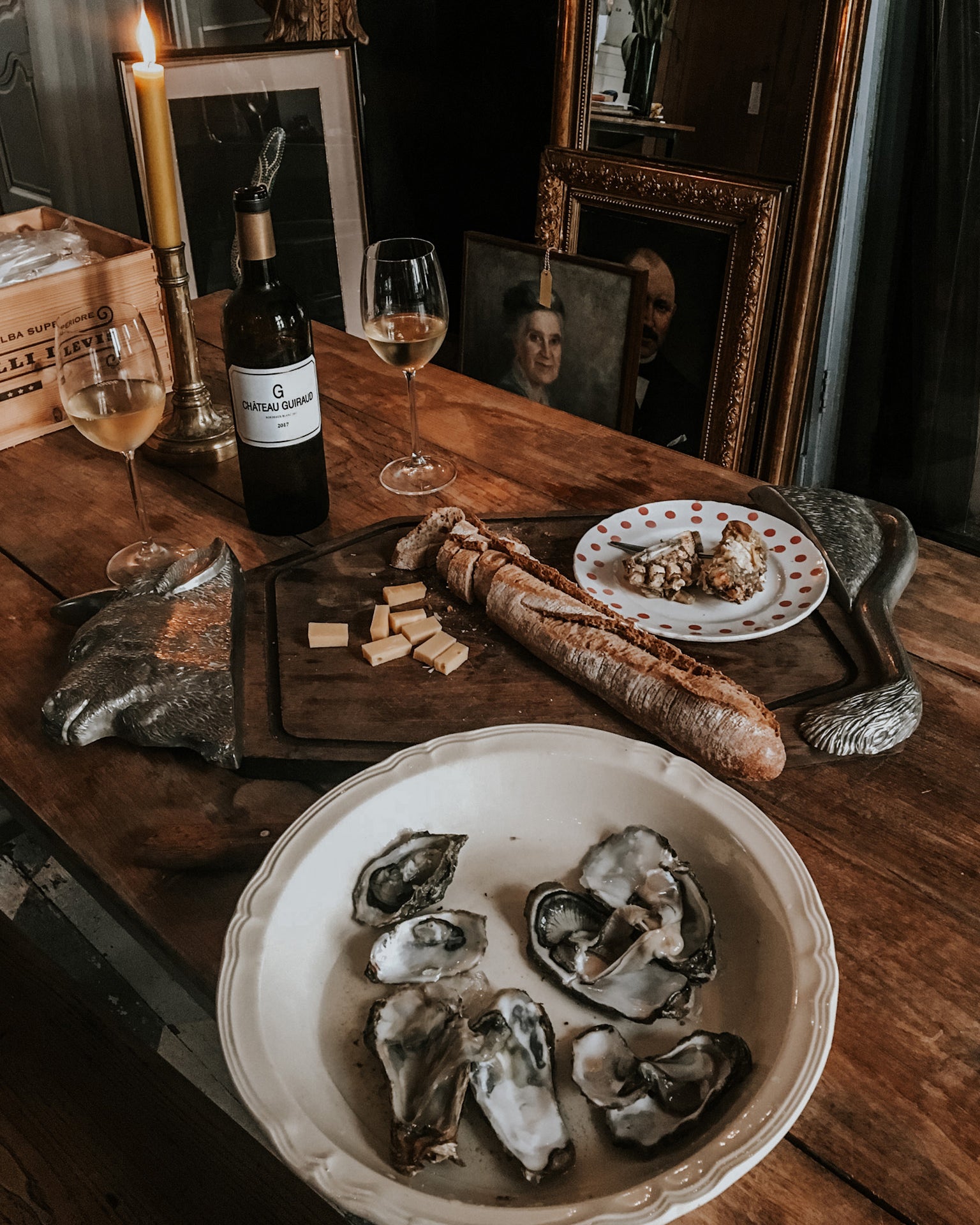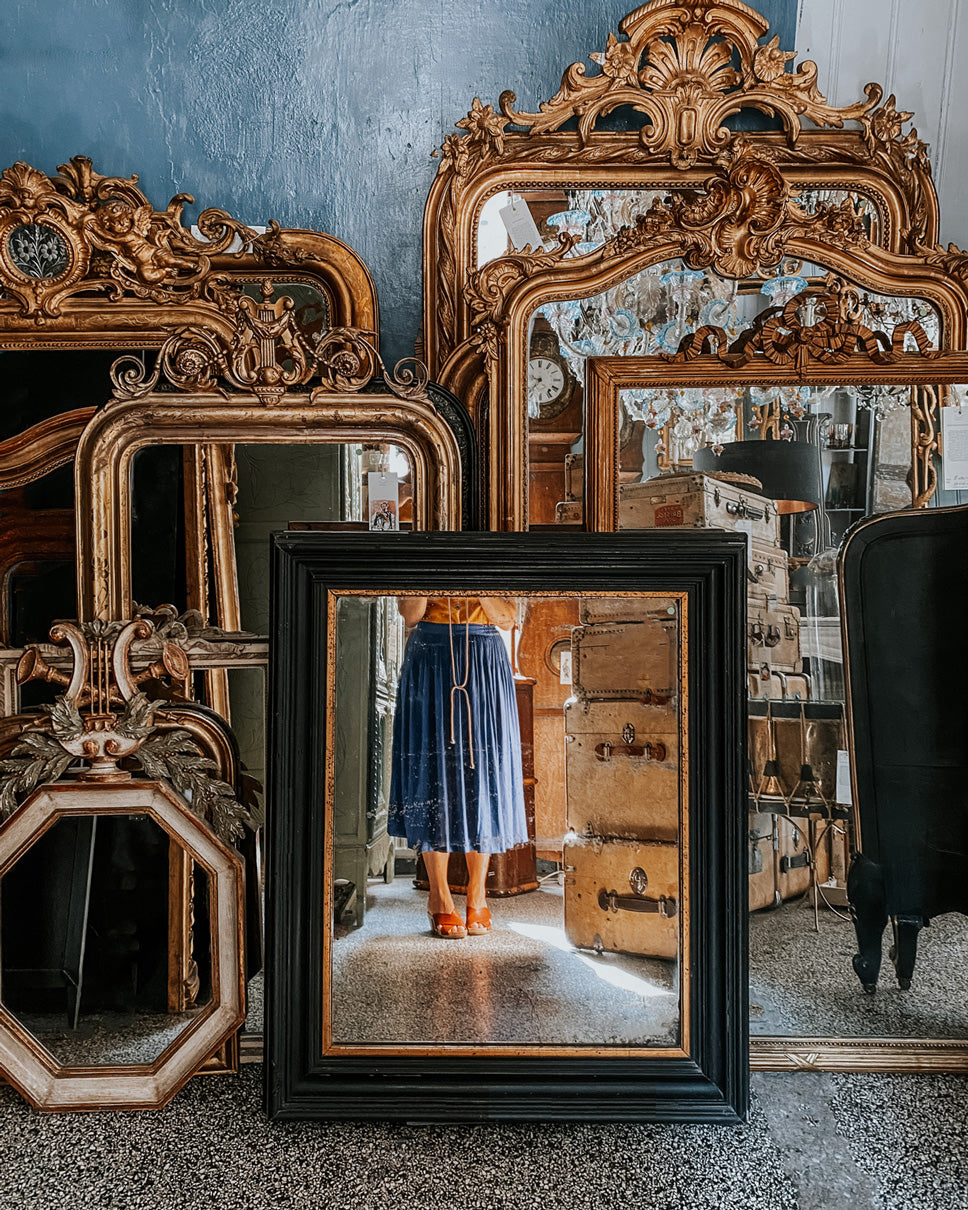3. Meet the French Royal Style: Philippe d'Orléans
Ah, Philippe d'Orléans—France’s most cultured understudy. He may not have been born to rule, but when the Sun King left the stage, Philippe took the spotlight as Regent from 1715 to 1723, and mon dieu, did he leave his mark. A military man turned polymath playboy, Philippe did it all: fencing by day, composing operas by night, and picking up a 141-carat diamond in between. Yes, Le Régent, that glittering cushion-cut rock, now sits in the Louvre—because subtlety was not the vibe.
Philippe wasn’t just a statesman; he was a full-blown aesthete. Violin in one hand, paintbrush in the other, he played at life like a courtly Renaissance man with a powdered wig and excellent taste. His cultural obsessions translated directly into interiors: lush, intellectual, and ever so slightly more relaxed than his uncle Louis XIV’s all-eyes-on-me Versailles theatrics.
Furniture Style: The Régence
Now for the main act: the Régence style, that dreamy in-between moment when furniture started loosening its corset. Think of it as the afterparty to Louis XIV’s strict formality—still elegant, still symmetrical(ish), but with curves that suggest someone had a little too much Champagne and a touch of inspiration from the East.
Out with rigid pomp, in with fluidity and whimsy. Lines softened. Decoration danced. Asymmetry flirted its way into the design room. And suddenly, what was once stiff became oh-so-chic.
Wood-wise, walnut still reigned, but exotic woods started turning heads—think rich veneers and daring marquetry. The craftsmanship became more painterly, more emotional.
Comfort finally mattered (cue a collective sigh of relief from all derrière across France). Upholstered chairs and sofas became lush and inviting, with softly padded backs and bombe silhouettes you’ll want to run your hands over. And yes, those legs—the cabriole was having a major moment.
Enter the bureau Mazarin: the it-desk of its day, all hidden compartments and flamboyant marquetry. It was where secrets were penned, affairs arranged, and a bit of bookkeeping happened too (we assume).
Motifs? Shells, vines, Asian flourishes—this was the dawn of rococo, the preview before the pastel explosion of Louis XV. You could say Régence was the intelligent older sister: worldly, well-read, with impeccable taste and a weakness for chinoiserie.
In Short...
The Régence style is the moment French furniture took a deep breath and sighed, “Let’s have a little fun.” It’s transitional but transformative—bridging the gilded solemnity of Louis XIV with the curvaceous, coquettish flair of what was to come.

